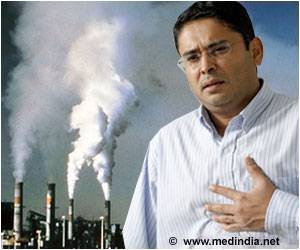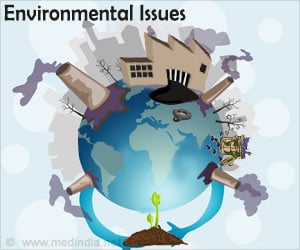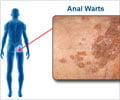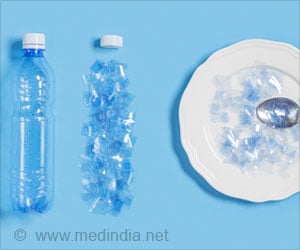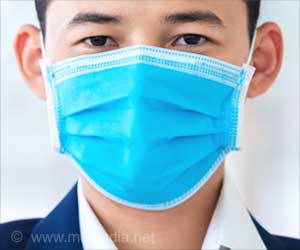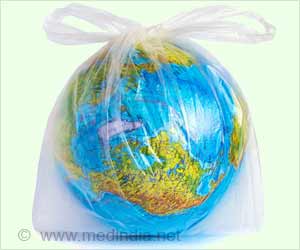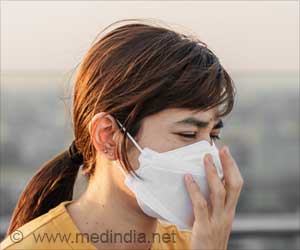Less than 1% of students flushed any drugs down the drain in 2015, suggested a new study.
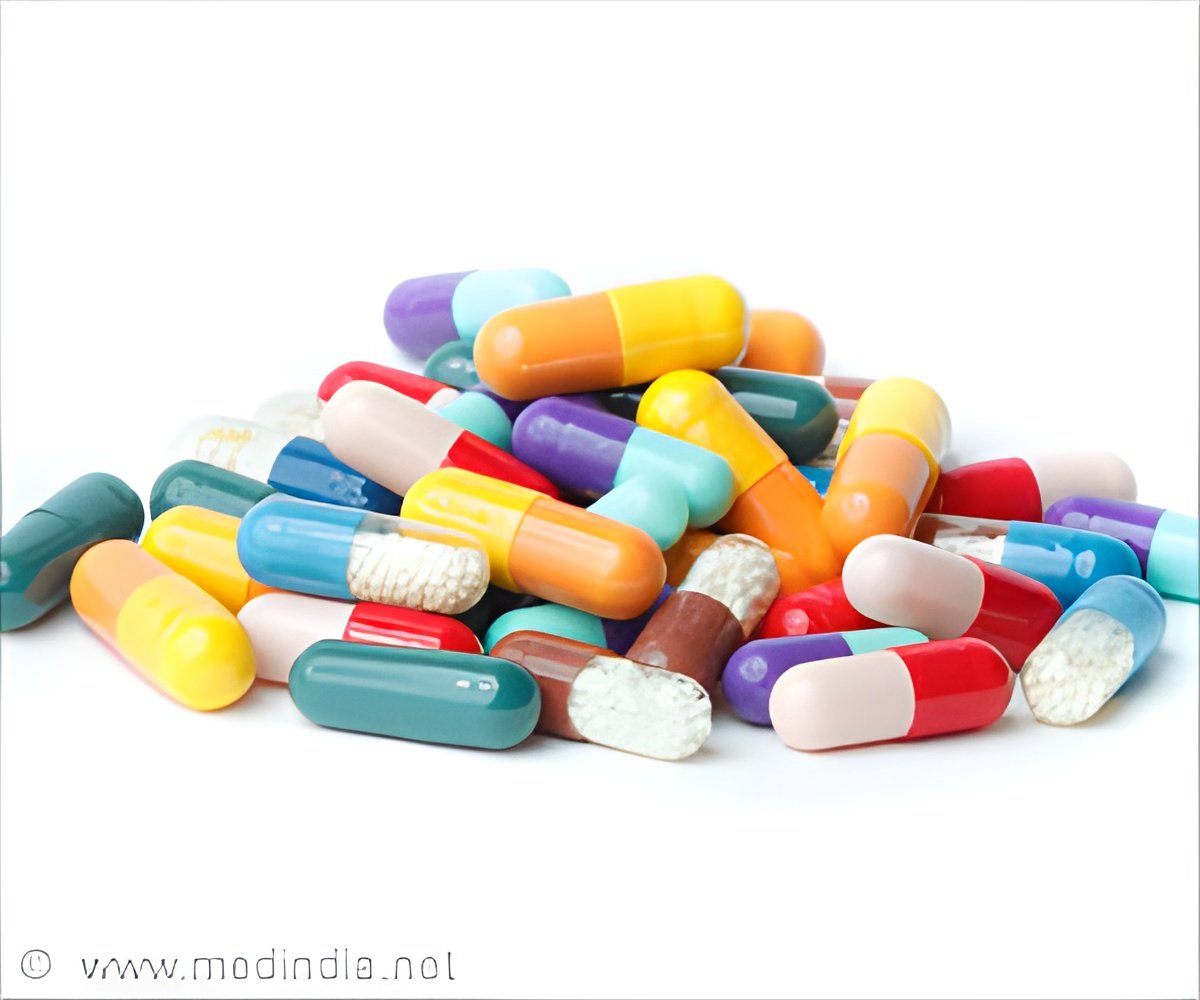
Scientists have assumed that people flushing their unused medications down the drain or toilet was a major source of these drugs in the water. But a new first-of-its-kind study tells a different story.
"Less than 1% of students we surveyed report flushing any drugs down the drain in 2015," says University of Vermont scientist Christine Vatovec. And what she and her colleagues found in the water backs up the students' self-reporting.
In Burlington, Vermont, Vatovec co-led a team of five scientists from the University of Vermont and the United States Geological Survey who sampled wastewater outflow for ten days during the spring when students from UVM and Champlain College were moving out. They detected 51 pharmaceuticals pouring into Lake Champlain - and they expected to see a spike in concentrations of some of these drugs as students dumped unused meds down the drain while they were departing their dorm rooms and apartments. But they didn't see it.
Concentrations of caffeine and nicotine decreased slightly after the students left (no surprise), but there was no data suggesting that students were flushing their unwanted medications. Many students reported having leftover prescription meds, but only a small portion of them disposed of these drugs, mainly in the trash.
"This contradicts the common assumption that down-the-drain disposal is an important source of pharmaceuticals to the wastewater stream in the environment," the team writes in their study, published in the journal Science of the Total Environment.
Advertisement
The scientists did detect a rise in allergy medications in the water that correlated to a rise in seasonal pollen. They also saw a relative rise in drugs used by older people - like diabetes and heart medications - after the younger people moved out.
Advertisement
Vatovec - who holds a joint faculty appointment in UVM's Rubenstein School of Environment and Natural Resources and the College of Medicine - is quick to note that there is no evidence that the extremely low concentrations of pharmaceuticals found in their survey and other similar studies pose any direct risk to human health.
"These results should not make people nervous about swimming or drinking water," she says, "because, to the best of scientific knowledge we have available right now, the concentrations are so low that you'd need to drink about the football field's worth of lake water to get an actual dose of any one individual pharmaceutical." And the team's results in Burlington for Lake Champlain are not unusual.
Which is one reason why she is eager to see the development of practices to help people manage their health with fewer medications - and to see the development of "green pharmacy" drugs that fully break down in the body. "We know these drugs in our surface waters can create ecological problems and there are more and more of them," she says. "Though there is no evidence yet that human health is threatened by pharmaceutical pollution, there are many unanswered questions," she says.
Source-Eurekalert

